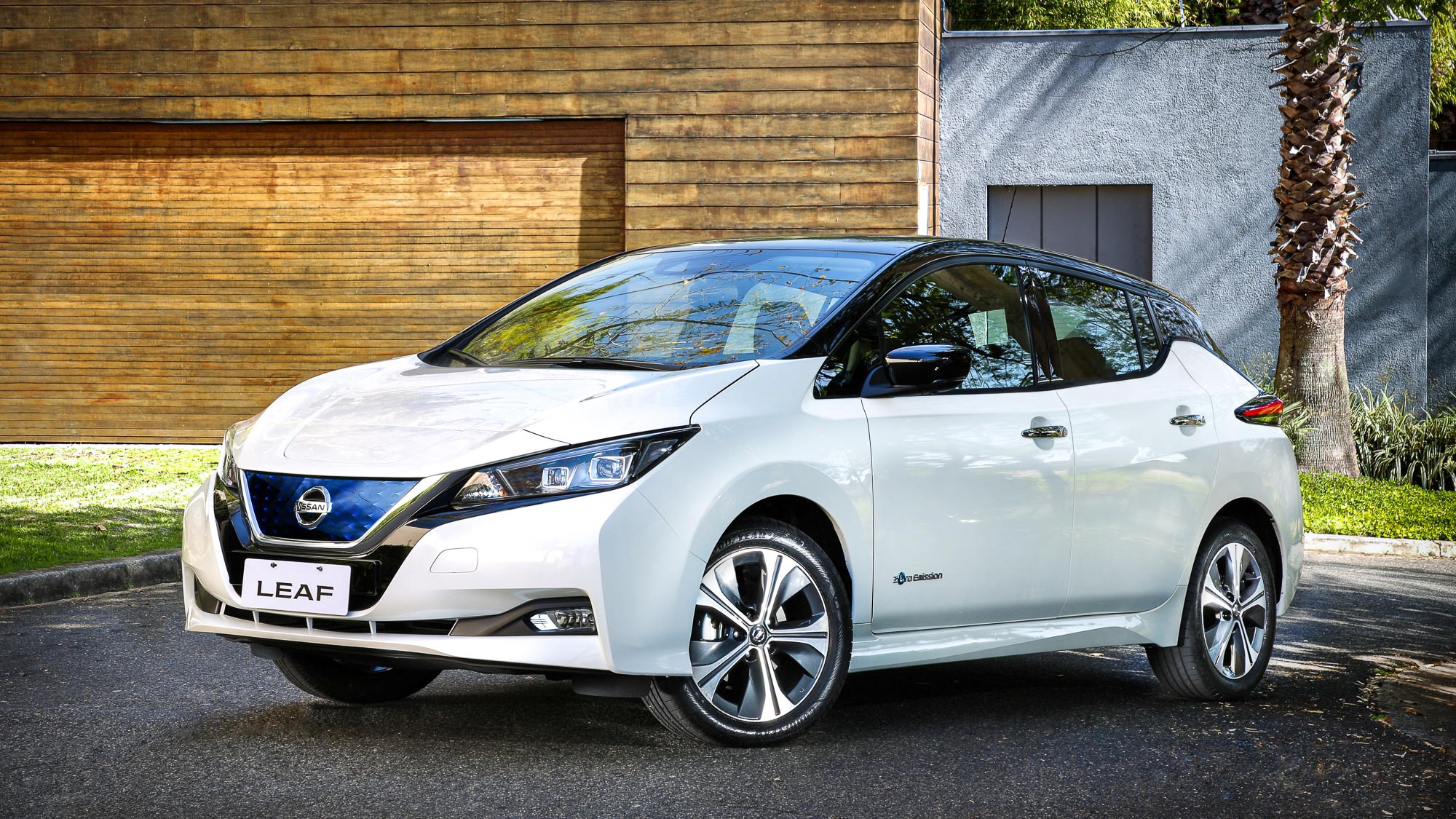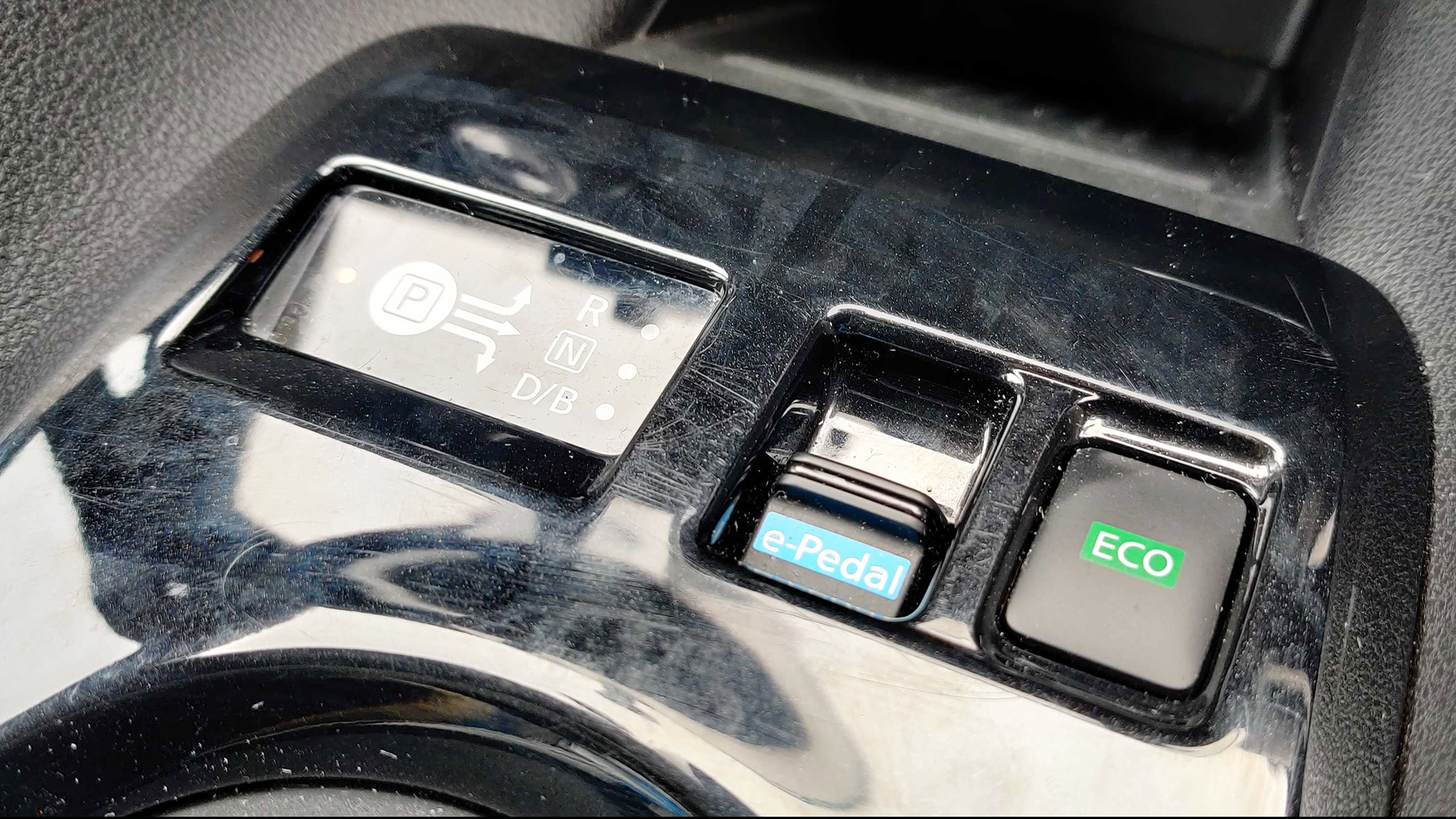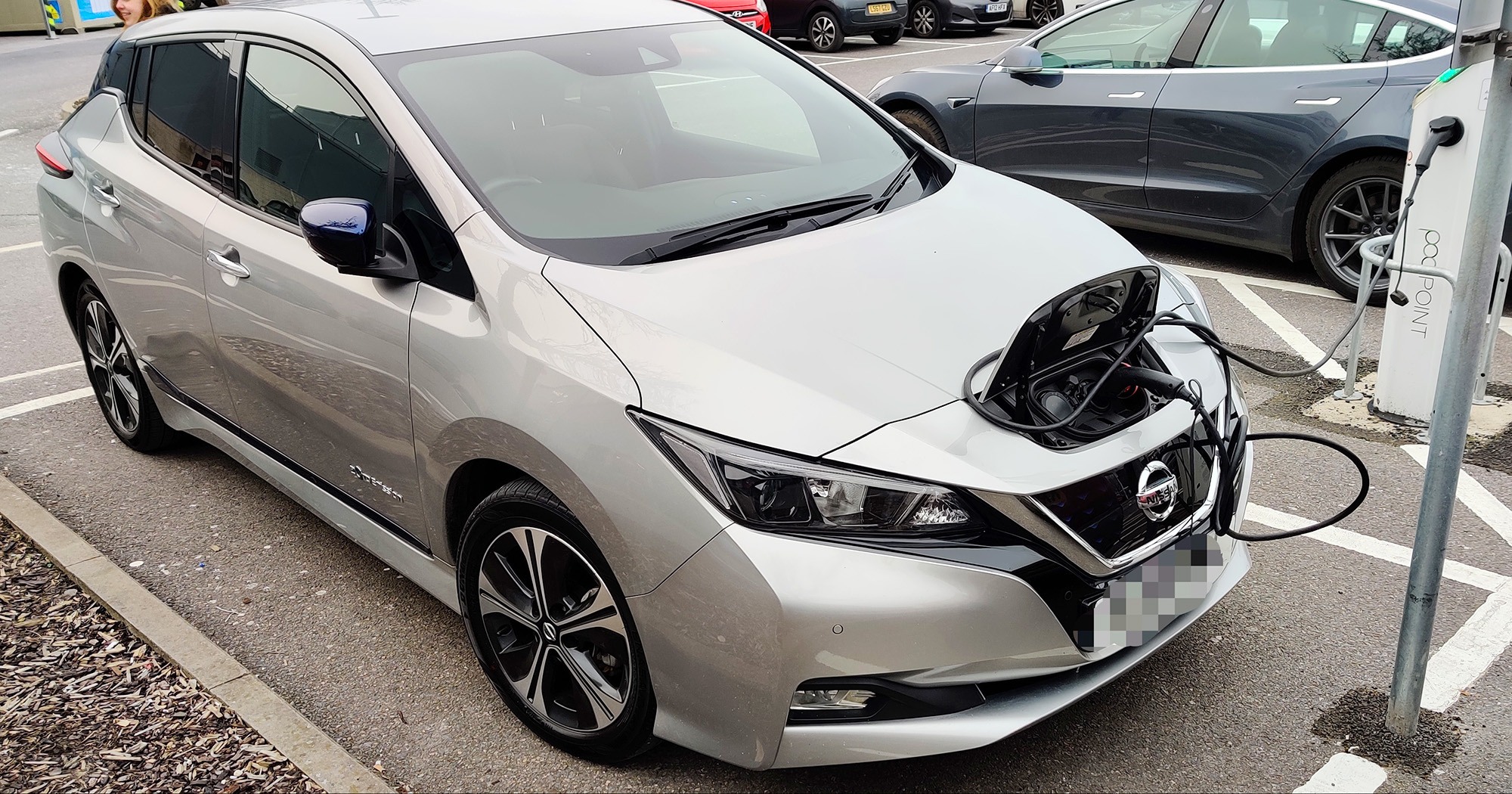The best thing about driving an electric car — it’s not what you think
Say hello to one-pedal driving

There are plenty of reasons to buy an EV. Whether that’s trying to reduce pollution, lower maintenance and fuel costs, or wanting to be able to drive without the roar of an engine following you everywhere you go.
Having owned an EV for several months, a 2019 Nissan Leaf, I can appreciate a lot of those things. But my favorite thing about having an electric car is the fact it offers one-pedal driving. Honestly, I’m not sure how I managed without it for so long.
- These are the best electric car you can buy right now
- How long does it take to charge an electric car? What you need to know
Conversely, one of the worst things about driving an electric car can be how EV range is reduced in cold weather. But that's a concern for another time.
What is one-pedal driving?
For those readers who are unfamiliar with one-pedal driving, that name is almost completely literal. Activating one-pedal mode means your gas pedal more or less becomes both the accelerator and the brake. Put your foot down and the car goes faster, lift your foot off and it slows down.
Obviously, all cars slow down when you take your foot off the gas, because the laws of motion won’t let them carry on in perpetuity. But letting your car decelerate this way is a fairly slow process, and that’s where the brake pedal would normally come in. It means you don’t roll past that red light and into the oncoming stream of traffic.


Single-pedal driving uses the car’s regenerative braking feature to increase your deceleration when you ease off the gas. It’s not as harsh as using the brakes, but it is still very noticeable. You can even learn to time it right so that you don’t even need to think about using the brake except in an emergency.
I own a 2019 Nissan Leaf, one of the few one-pedal cars, and I absolutely love using the e-Pedal, as Nissan has dubbed it. In the same way that I like driving an automatic because I don’t need to worry about using the clutch, e-Pedal means my right foot barely has to move.
Sign up to get the BEST of Tom's Guide direct to your inbox.
Get instant access to breaking news, the hottest reviews, great deals and helpful tips.
Crucially, the pedal driving doesn’t stop the brake pedal from working, and it can’t replace it completely. If there’s an emergency, the driver still needs to hit the brakes. Having one-pedal driving mode will help speed up your deceleration compared to regular driving, but it’s nowhere near fast enough to bring you to a complete stop in a hurry.
I tested this by lifting my foot completely off the gas at 20 miles per hour, and didn’t stop for a good 10-15 feet. Slamming on the brakes stopped me almost immediately. So if someone runs out into the road, or the car in front decides it needs to stop very quickly, your right foot better be ready to move.
One-pedal driving doesn’t get enough credit
One-pedal driving isn’t particularly common as best as I can tell, though it doesn’t help that automakers tend not to advertise the feature. This includes Tesla, which typically can’t stop hyping all the features its range of cars has to offer.
Nissan’s e-Pedal will work automatically (and quite harshly) to bring you to a complete stop and hold the car in place. Tesla also offers a one-pedal driving mode, one that has been well received down to the fact that it’s able to give drivers significant control over their deceleration.
Cars like the Chevrolet Bolt and Jaguar I-Pace come with one-pedal driving of varying degrees as well, with more recent models able to bring you to a complete stop and hold your car in place.
When it comes to popular and well-known electric cars with one-pedal driving, that’s your lot. Or it is as best as I can tell, and it’s not clear why EV makers haven’t been trying to capitalize on this feature.

That may be down to the lack of demand from consumers, or because automakers prefer to keep their electric vehicles as similar to their gas-fuelled counterparts as possible. Obviously, the fact it’s dependent on regenerative braking means you can’t have it in a gas-powered car, so it’s also not the kind of thing a lot of people will even think about.
I had this conversation with my brother who asked how many pedals my car has. Someone he works with (at a car dealership, no less) told him that the Leaf only had one pedal, and my brother wanted to know if that was true. Obviously, it still comes with two, a gas pedal and a brake pedal. Plus a foot-controlled parking brake, but that doesn’t count.
It would be very illegal to sell a car without a brake pedal, both in the U.S. and here in the U.K. But it goes to show that there are people out there who don’t actually know what one-pedal driving is, and those that do might have the complete wrong idea.
Heck, I only knew about it because I went to the 2018 Leaf’s launch event and got to try it out for myself. Go to the Leaf page on Nissan’s website, and the only time e-Pedal is mentioned is a tiny piece of text in the model comparison section. The upcoming Nissan Ariya, which also has e-Pedal, doesn’t even have that mention.
One-pedal driving makes driving more pleasant
It’s a shame it’s not more widespread, because e-Pedal has made driving the Leaf an absolute pleasure. It took some getting used to, but after having driven my car around quite a bit, I’ve managed to get the hang of things.
Knowing when to start easing off the gas, and by how much is basically second nature to me now. It means I can slowly roll to a complete stop, not really worry about where my foot is, and regain whatever tiny bit of power the regenerative brakes can muster.
Plus, e-Pedal doesn’t use the brake pads, which means it’s going to be quite some time before I have to worry about them wearing out.
Of course, e-Pedal has caused me to develop a few bad habits in my driving. There have been times when I forgot to switch e-Pedal on, and it’s taken me a second to realise I’m not slowing down as quickly as I would normally be.
At least the e-Pedal hasn’t made me forget how my brakes work. After almost 15 years of driving that reflex has well and truly made itself home in my brain. I confirmed that earlier this week when some idiot decided to reverse into the street without looking, and ended up right in my path.
I have no intention of switching cars anytime soon, and if my current circumstances are anything to go by, I’m pretty sure I would buy another EV. But it would still be very hard to say goodbye to one-pedal driving. And not just because I’d have to get used to driving without it again. It may not be a huge selling point where cars are concerned, but it is by far the best thing about switching to electric.
So electric automakers take note. This guy wants you to start installing one-pedal driving systems on all your cars. If it’s good enough for Tesla, it should be good enough for you, too.
More: I used an electric car to drive to a wedding — and barely made it; Hybrid and electric cars can regain some lost power through regenerative braking. But what is regenerative braking and how does it work? We'll tell you everything you need to know about it.

Tom is the Tom's Guide's UK Phones Editor, tackling the latest smartphone news and vocally expressing his opinions about upcoming features or changes. It's long way from his days as editor of Gizmodo UK, when pretty much everything was on the table. He’s usually found trying to squeeze another giant Lego set onto the shelf, draining very large cups of coffee, or complaining about how terrible his Smart TV is.

